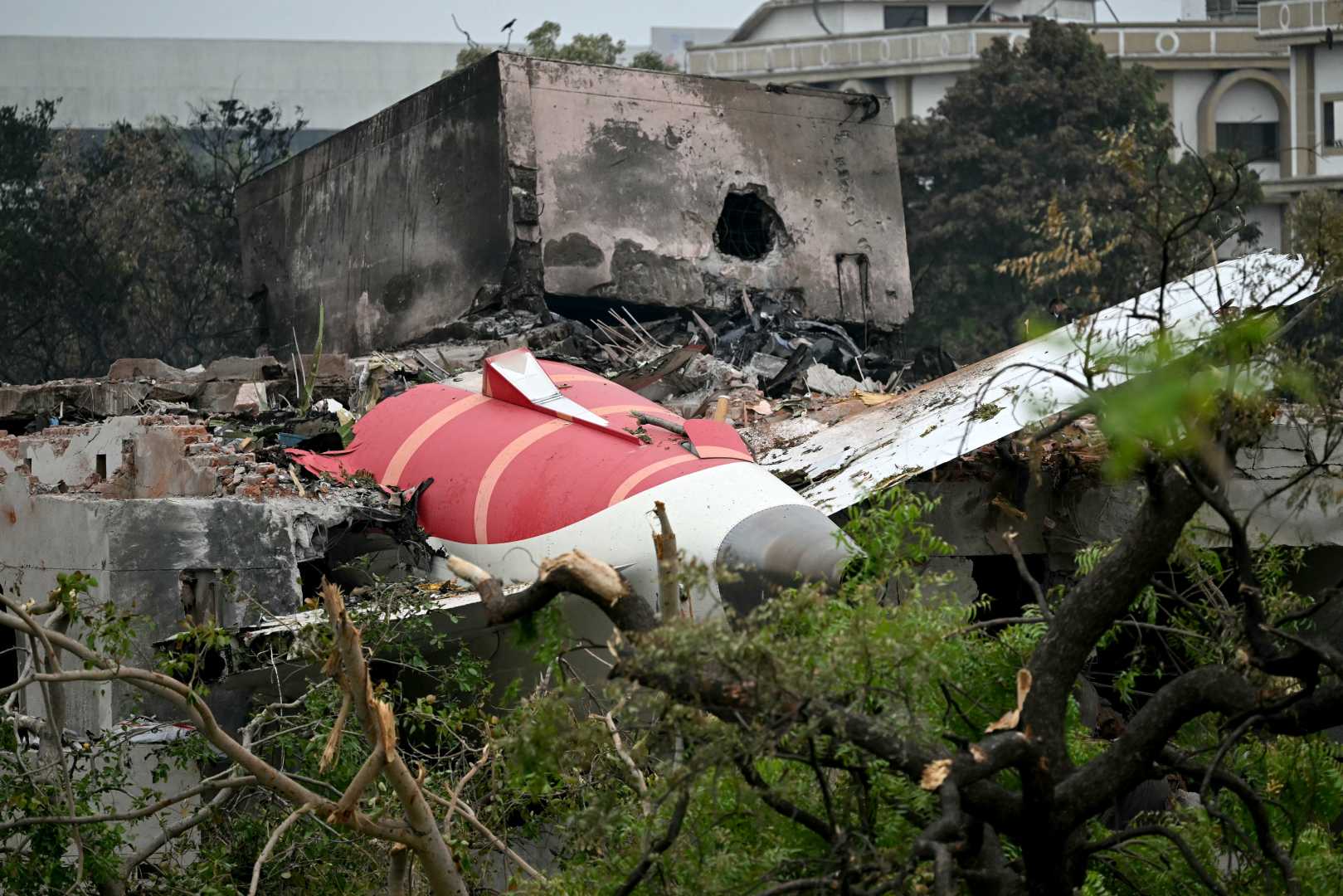News
New Details Emerge in Air India Flight 171 Crash Investigation

AHEMDABAD, India — New analysis from The New York Times into the June 12 crash of Air India Flight 171 reveals critical insights that could take months to fully understand. The analysis, which included aviators and crash experts, suggests that the plane took off under typical conditions but suffered a severe failure shortly after becoming airborne.
Experts reviewed photos, videos, and audio from the incident. They determined that the Boeing 787-8 had deployed its wing flaps and slats before takeoff, used sufficient runway length, and achieved a normal ascent. However, evidence shows that the landing gear retraction failed moments after takeoff, indicating a possible catastrophic loss of power.
At approximately 1:39 p.m. local time, tracking data shows the aircraft became airborne, but it did not follow a conventional flight path. Flight experts noted that all previous departures from the same runway were consistent with this takeoff.
Concerns have arisen regarding the plane’s climb rate. John Cox, a former airline pilot, described it as typical until the aircraft’s rapid descent began soon after takeoff. Photographs from the wreckage site indicate that wing slats were likely extended during flight, leading investigators to explore whether they contributed to the crash’s dynamics.
New video evidence reveals that the landing gear was not completely retracted. According to John Goglia, a former National Transportation Safety Board member, the landing gear’s positioning could suggest a severe malfunction occurred during the retraction process.
Audio analysis of the crash video, conducted by audio forensics expert Cesar Lamschtein, supports the hypothesis that an emergency power generator was engaged during the incident, consistent with other instances of aircraft power loss.
Investigators are also looking into the possibility of a simultaneous engine failure. Jeff Guzzetti, an aviation accident investigator, noted that if only one engine fails, it typically sends the plane veering to one side, which was not observed in the available evidence. Such a sudden dual engine failure is unconventional, prompting further investigation into potential fuel contamination or other pre-flight errors.
As investigations continue and more data from the flight’s black boxes emerge, aviation experts urge caution in concluding what led to this tragic accident.












